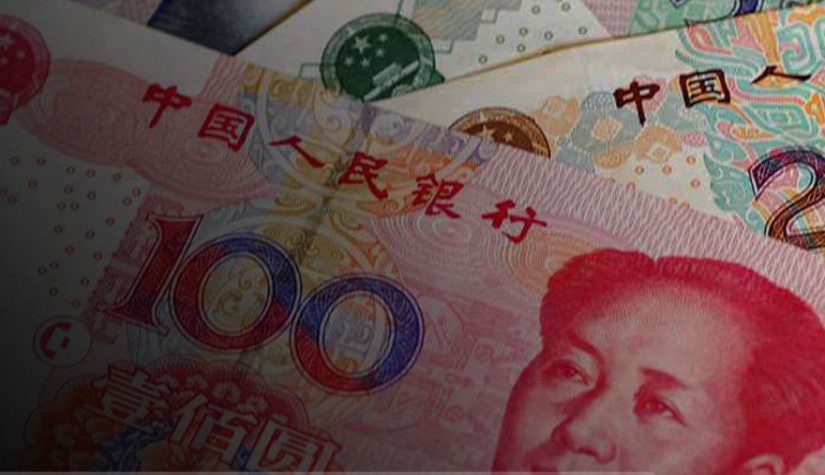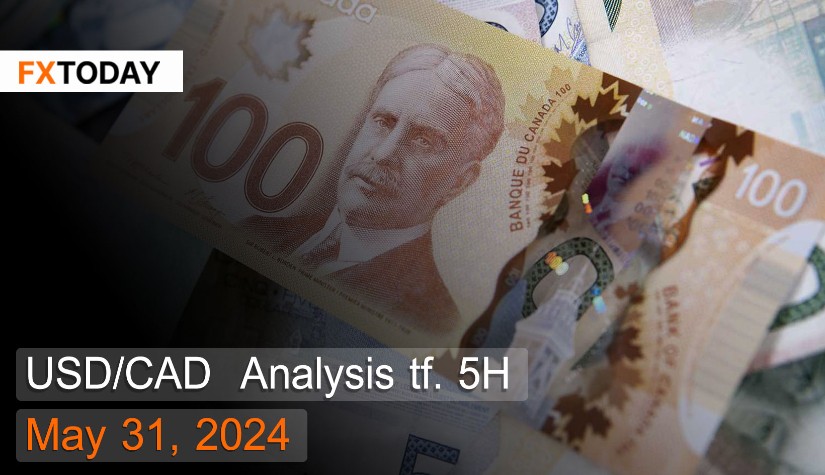China's domestic demand remains fragile.
The Chinese yuan has depreciated after previously appreciating to 7.11 yuan per dollar. This appreciation of the yuan was driven by investors lowering their expectations of Donald Trump winning the U.S. presidential election, which is scheduled to take place in November. This has reduced the likelihood of additional tariffs, including the 10% import tax proposed by Trump, as well as significantly higher tariffs on Chinese goods being imposed.
China's trade surplus rose to $91.02 billion in August, exceeding market expectations of $83.9 billion. This was due to exports growing faster than imports. Exports from China increased by 8.7% year-on-year, showing continued growth in the country’s export capabilities. This growth has been primarily supported by strong foreign sales, despite rising trade tensions with the West. Most exports continued to grow in South Korea, Taiwan, and ASEAN countries, increasing by more than 8.8%, mainly driven by demand for agricultural goods and plastic products.
On the import side, goods into China increased by only 0.5%, amounting to $217.63 billion, which was below the market expectation of 2.0%. This slowdown in imports reflects the fragile recovery of domestic demand. Imports of automatic data processing equipment rose by 58.8%, followed by high-tech products increasing by more than 12.2%. In contrast, imports of rare earth minerals and vegetable oils declined by more than 30% and are expected to continue slowing down.
China's inflation rate increased slightly to 0.6% year-on-year in August, which was lower than the market expectation of 0.7%. However, this marks the seventh consecutive month of rising inflation. Most of the problems remain due to oversupply, while demand has not grown significantly, leading to a potential further decline in other goods prices. The increase in inflation has been partly driven by a rise in food prices for the first time since 2023, marking the fastest increase in 19 months.
The yield on China's 10-year government bonds continued to decline for the fourth consecutive day, dropping to around 2.12% after the trade balance data was released, which showed that export growth fell to a four-month low. Meanwhile, inflation increased to a six-month high, but remained below market expectations, indicating weak domestic demand. Investors are now closely watching key U.S. economic data announcements, such as industrial production, retail sales, and the unemployment rate.
Techical analysis data (5H)
Resistance: 7.1225, 7.1259, 7.1276
Source: Investing.com
Buy/Long 1: If the price touches support in the price range of 7.1157 - 7.1174 but cannot break the support at 7.1174, you may set a TP at approximately 7.1259 and SL at around 7.1123 or according to your acceptable risk.
Buy/Long 2: If the price breaks the resistance in the price range of 7.1225 - 7.1259, you may set a TP at approximately 7.1276 and SL at around 7.1157 or according to your acceptable risk.
Sell/Short 1: If the price touches resistance in the price range of 7.1225 - 7.1259 but cannot break the resistance at 7.1225, you may set a TP at approximately 7.1157 and SL at around 7.1276 or according to your acceptable risk.
Sell/Short 2: If the price breaks the support in the price range of 7.1157 - 7.1174, you may set a TP at approximately 7.1123 and SL at around 7.1259 or according to your acceptable risk.
Pivot point September 12, 2024 08:38 PM. GMT+7
|
Name
|
S3
|
S2
|
S1
|
Pivot Points
|
R1
|
R2
|
R3
|
| Classic | 7.1123 | 7.1157 | 7.1174 | 7.1208 | 7.1225 | 7.1259 | 7.1276 |
| Fibonacci | 7.1157 | 7.1176 | 7.1189 | 7.1208 | 7.1227 | 7.124 | 7.1259 |
| Camarilla | 7.1178 | 7.1183 | 7.1188 | 7.1208 | 7.1197 | 7.1202 | 7.1207 |
| Woodie's | 7.1115 | 7.1153 | 7.1166 | 7.1204 | 7.1217 | 7.1255 | 7.1268 |
| DeMark's | - | - | 7.1166 | 7.1204 | 7.1217 | - | - |
















